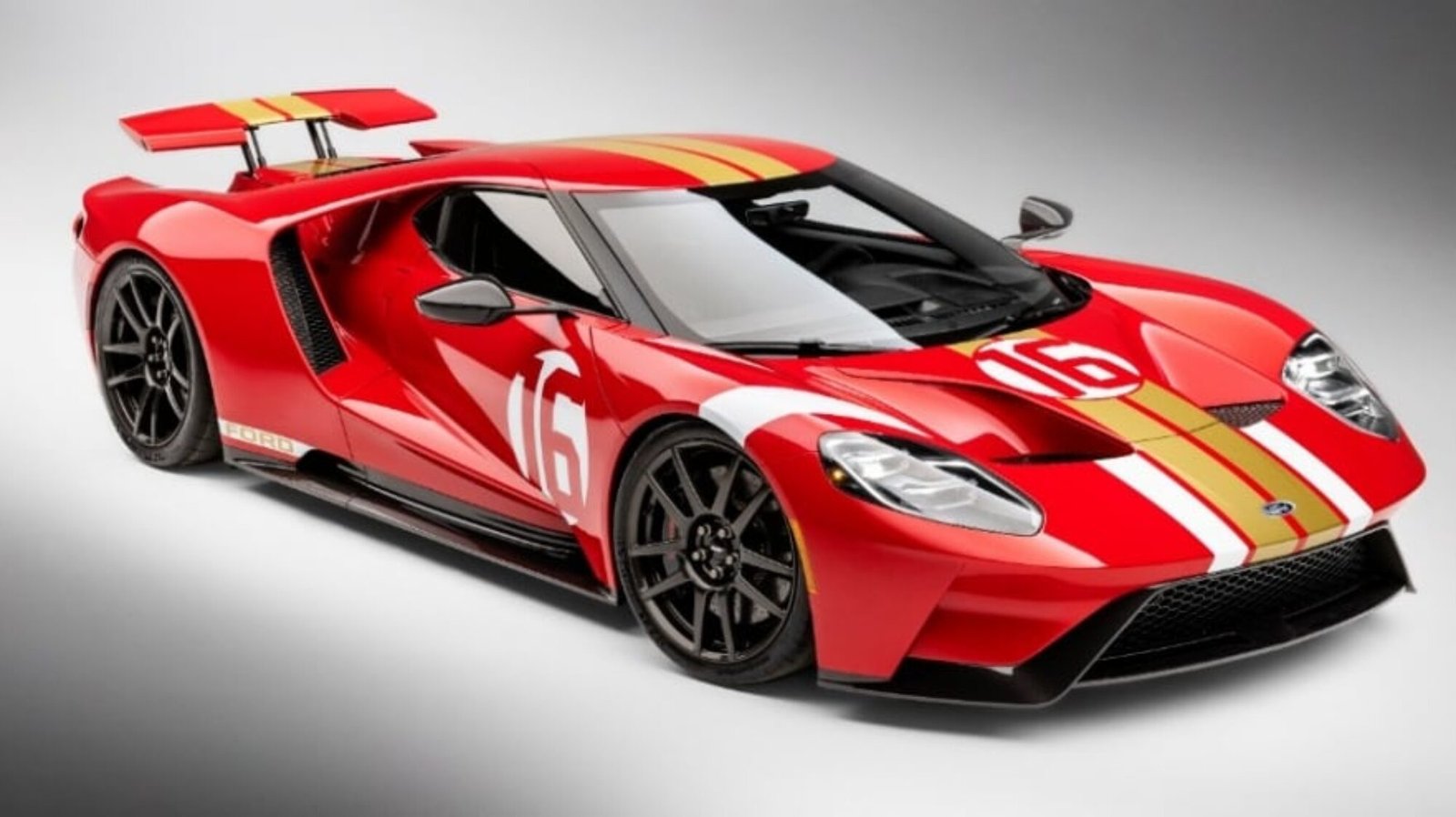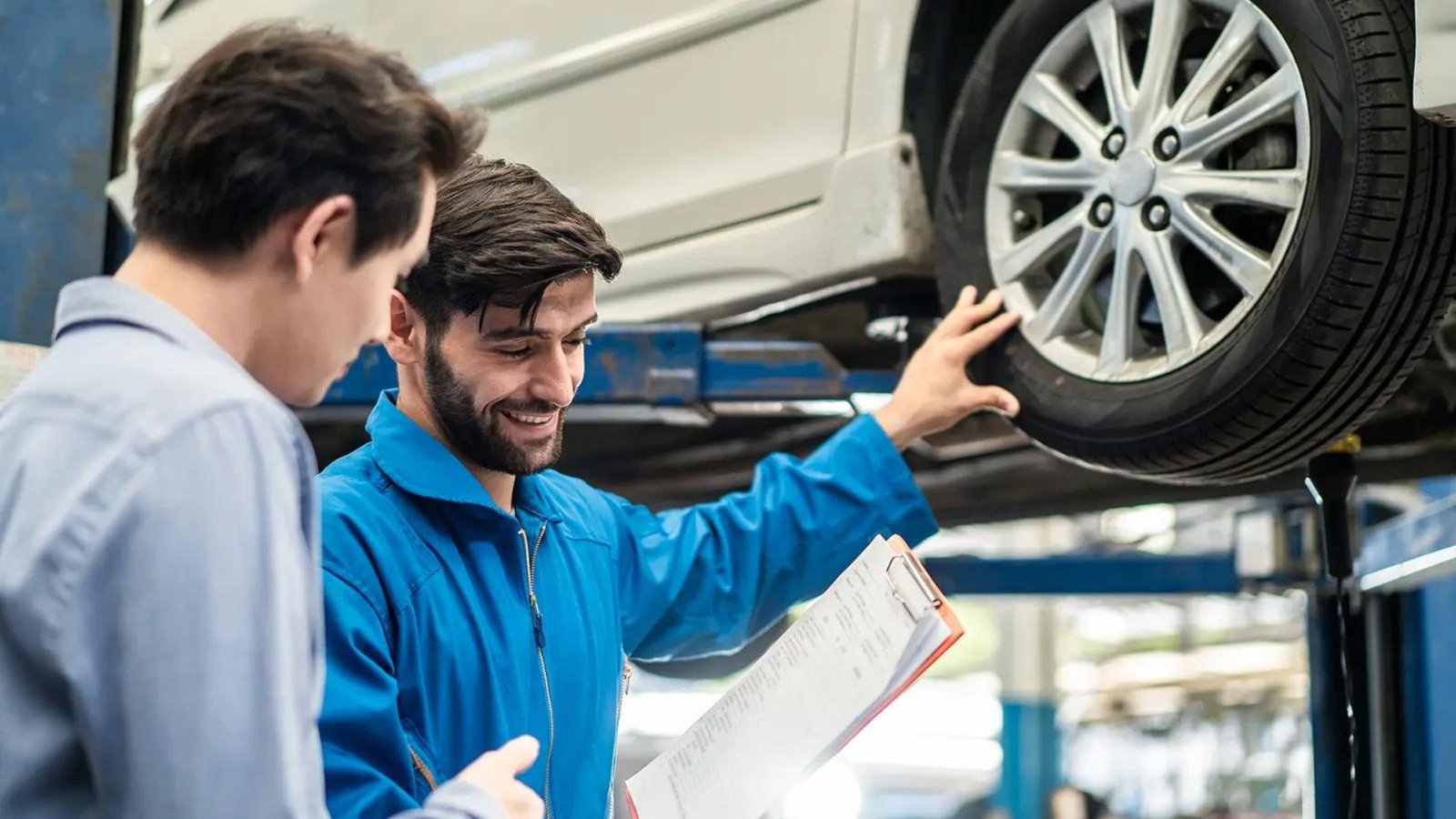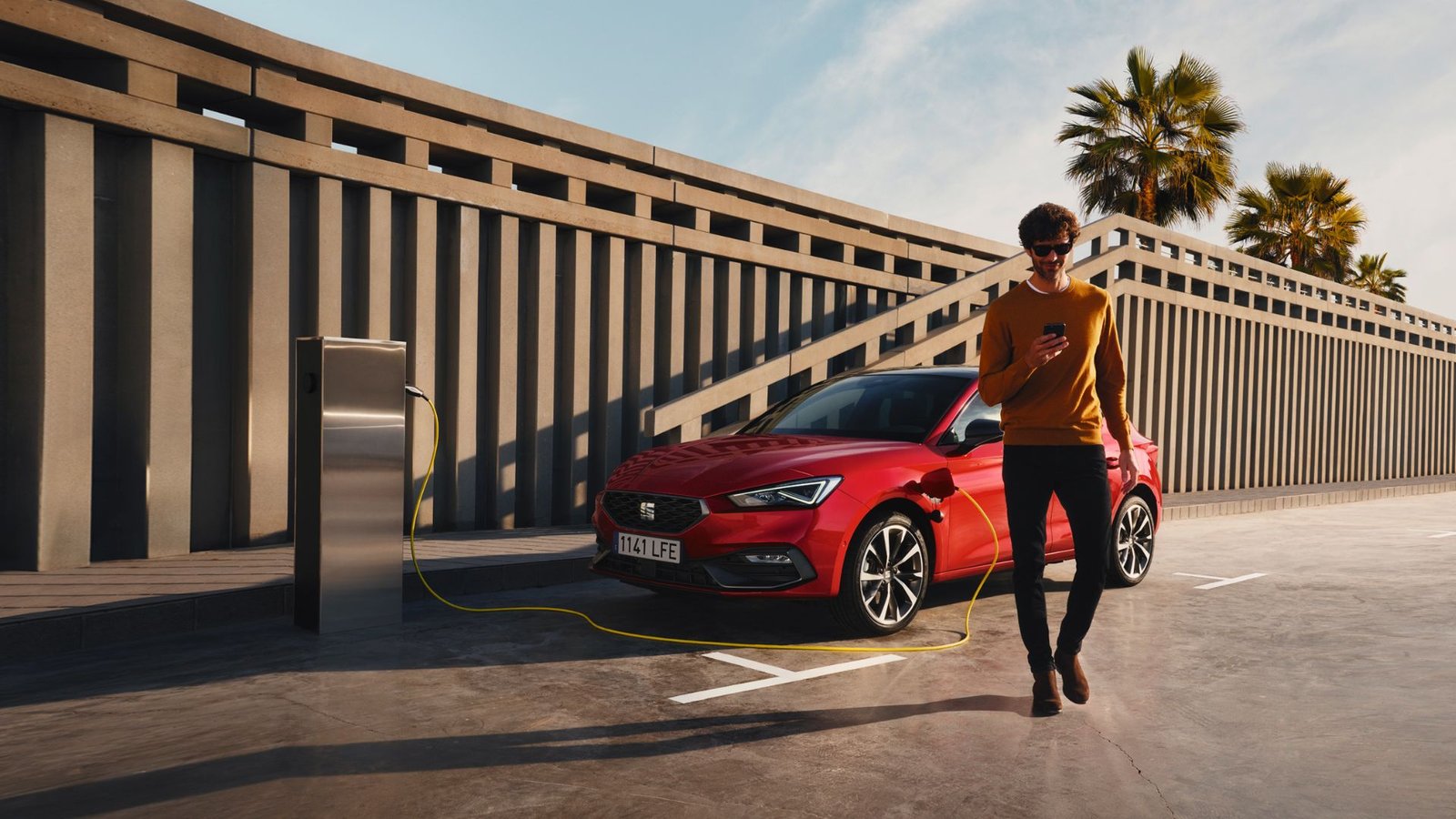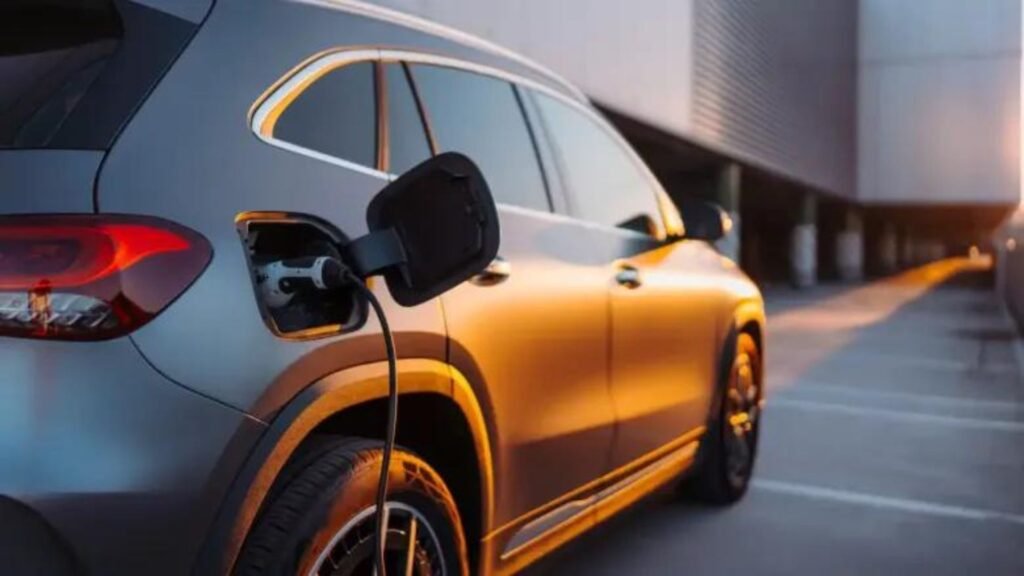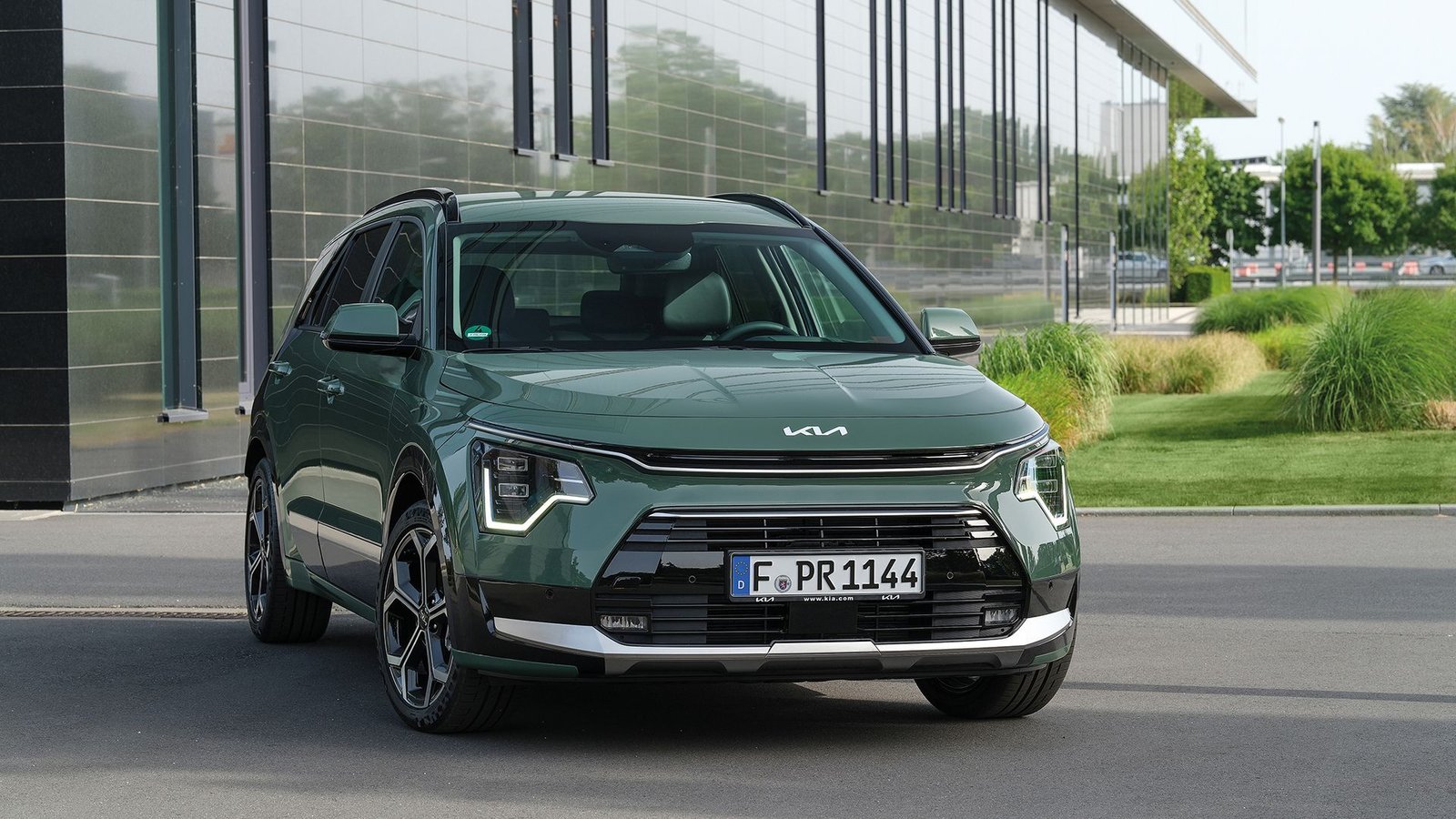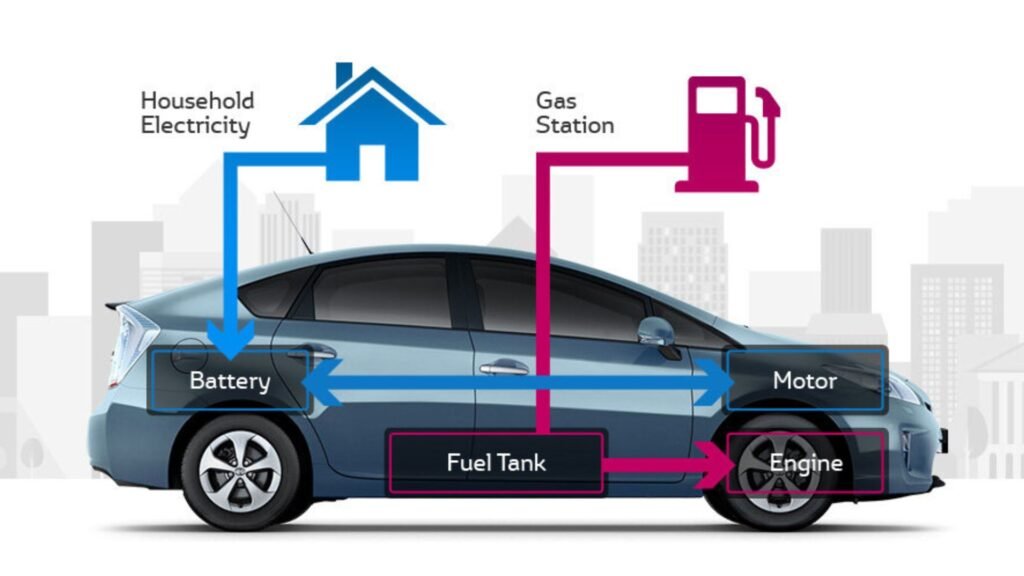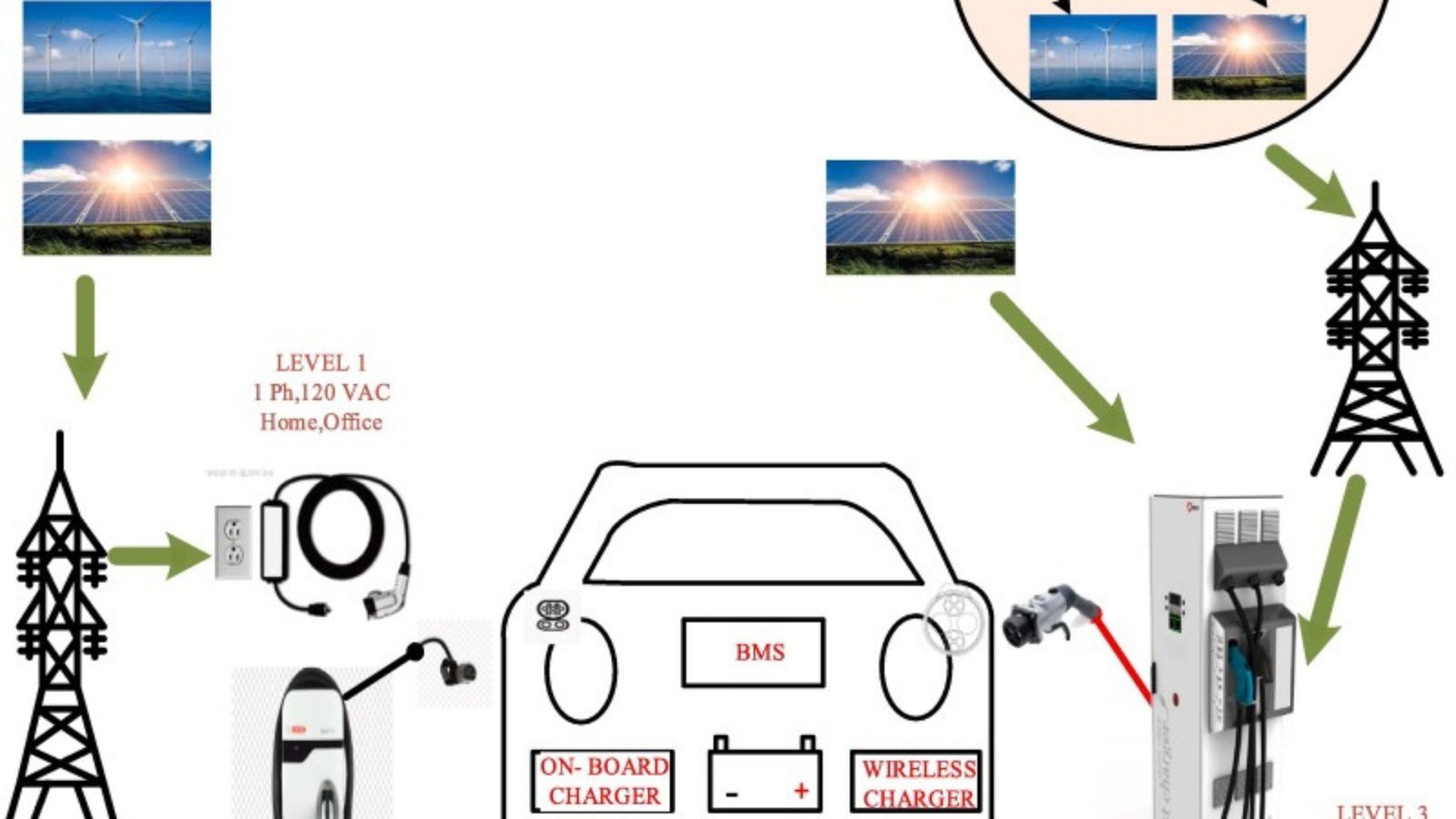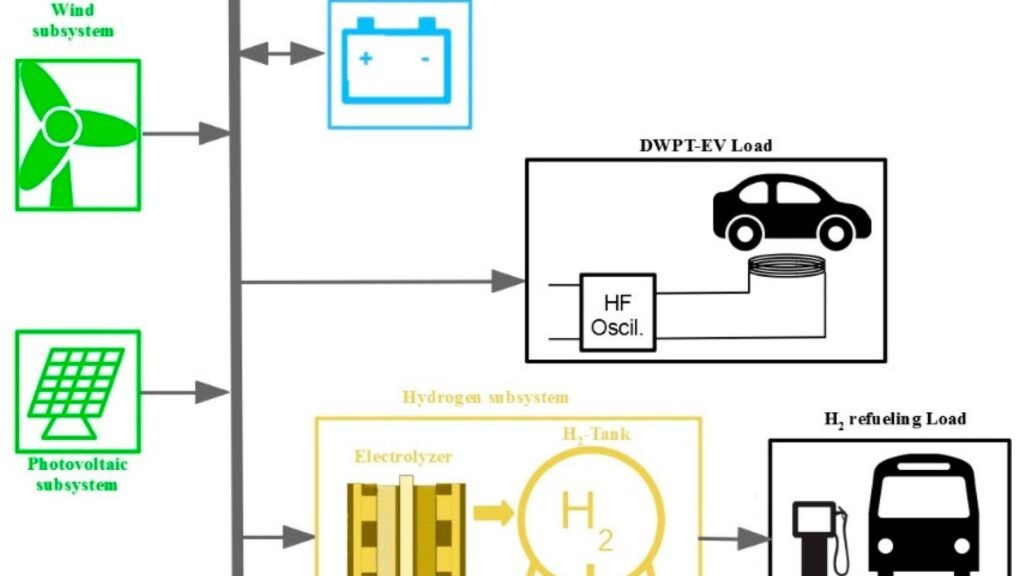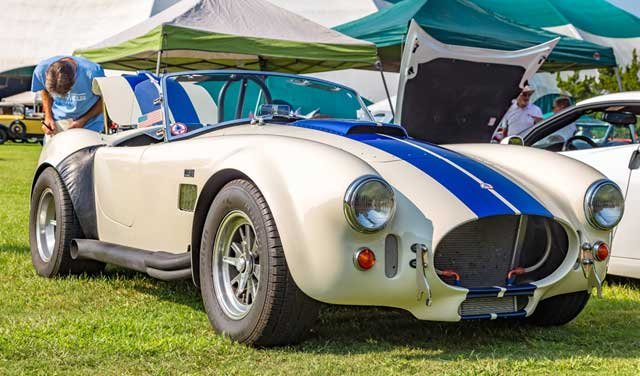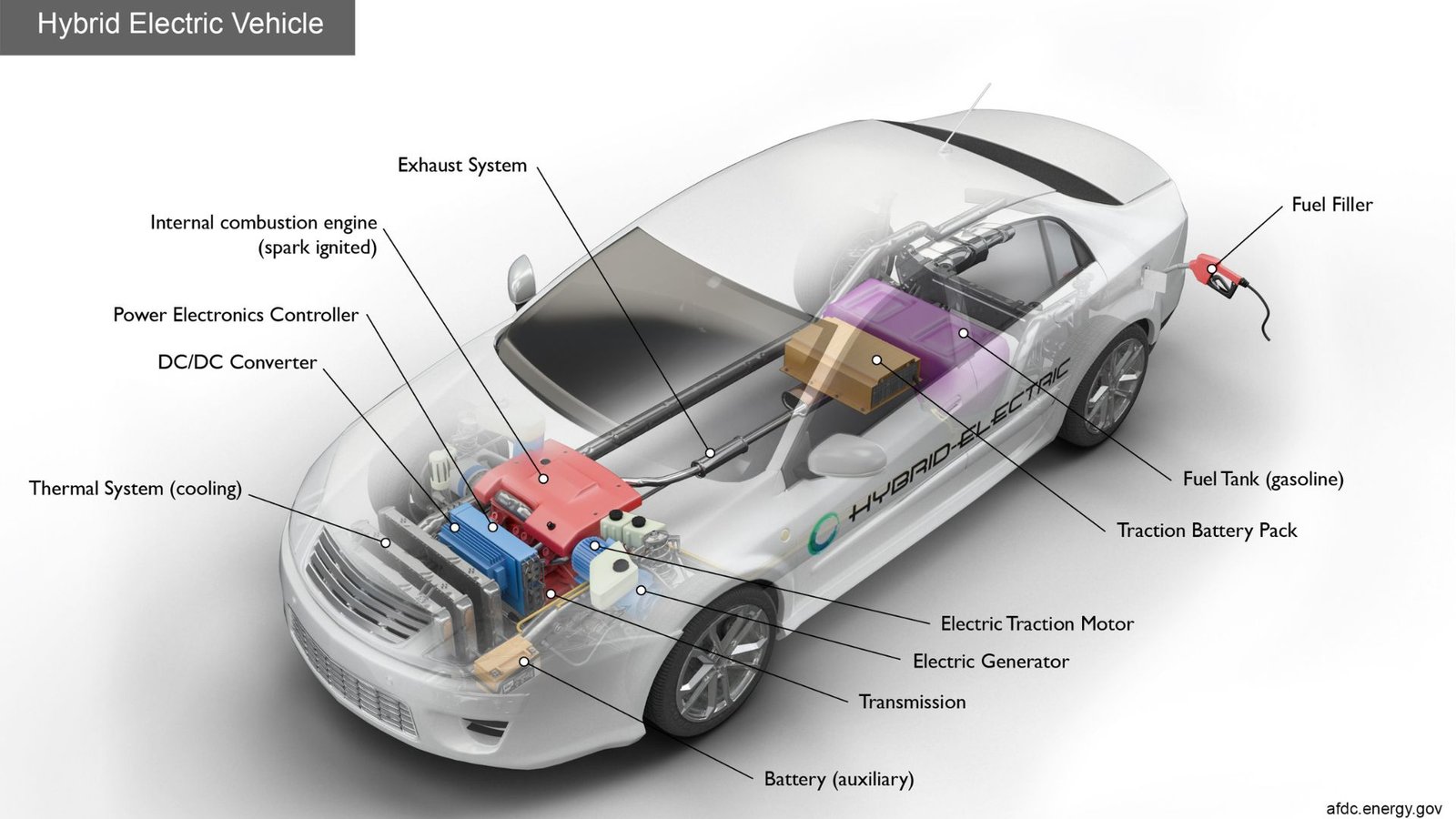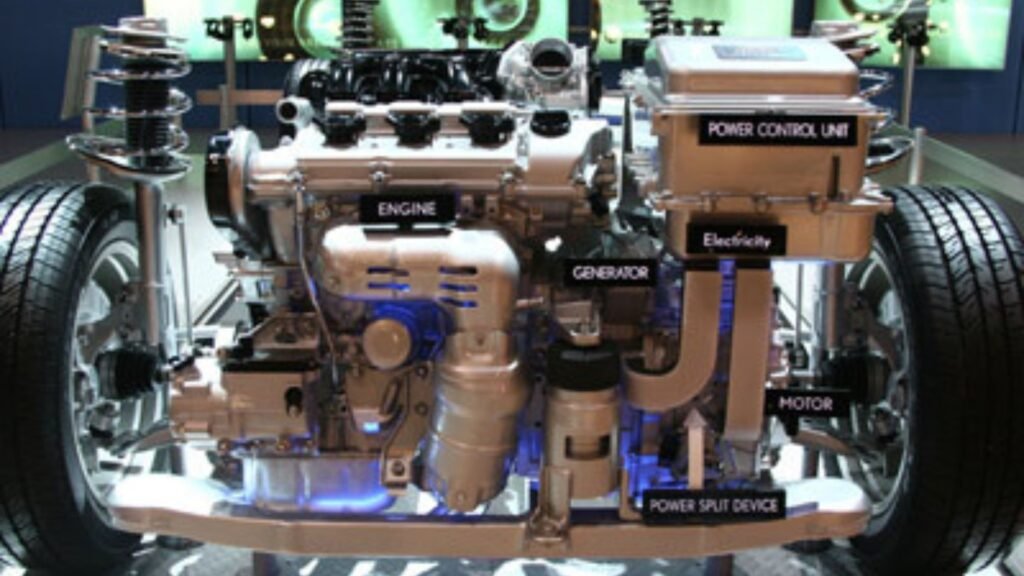Best Practices for Hybrid Vehicles Maintenance
Hybrid vehicles are becoming more popular due to their fuel efficiency and eco-friendly design. However, just like any other vehicle, hybrids require regular maintenance to keep them running smoothly. While they might seem complicated at first, maintaining a hybrid is straightforward if you follow some basic guidelines. This article will explore the best practices for hybrid vehicles maintenance, ensuring your car stays in top condition for years to come.
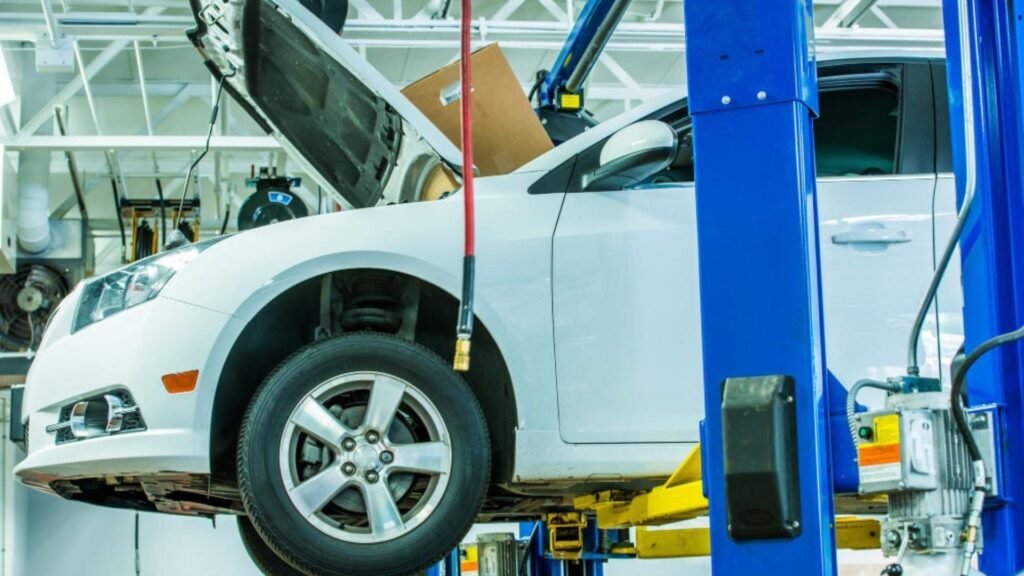
1. Regularly Check and Replace the Battery
Monitor Battery Health
First and foremost, the battery is the heart of any hybrid vehicle. Unlike traditional cars, hybrids use a large battery to power the electric motor. Therefore, it’s crucial to monitor your hybrid’s battery health regularly. Look out for any warning lights on your dashboard and pay attention to any changes in performance. If your vehicle starts to feel sluggish or doesn’t accelerate as smoothly, it might be time to check the battery.
Replace the Battery When Needed
Moreover, while hybrid batteries are designed to last a long time, they won’t last forever. Most hybrid batteries last between 100,000 to 150,000 miles, depending on usage and driving conditions. When it’s time to replace the battery, don’t delay. A failing battery can affect the overall performance of your vehicle and might even leave you stranded. Always use a trusted mechanic for battery replacement, and consider opting for a battery with a good warranty for added peace of mind.
2. Keep Up with Regular Oil Changes
Importance of Oil Changes
Even though hybrid vehicles use an electric motor, they still have an internal combustion engine that requires regular oil changes. The oil keeps the engine lubricated, ensuring it runs smoothly and efficiently. For hybrids, the engine doesn’t run as much as in traditional vehicles, but that doesn’t mean you can skip oil changes.
Follow the Manufacturer’s Schedule
In fact, you should follow the manufacturer’s recommended schedule for oil changes. This will vary depending on the make and model of your vehicle, but typically, it’s recommended every 5,000 to 10,000 miles. Regular oil changes will help prevent engine wear and extend the life of your hybrid, making it an essential part of hybrid vehicles maintenance.
3. Maintain the Cooling System
Check the Coolant Levels
Another important aspect of hybrid vehicles maintenance is keeping the cooling system in good condition. The cooling system prevents the engine and the battery from overheating, which is especially important in hybrids. To maintain the cooling system, regularly check the coolant levels and top them off if necessary. Low coolant levels can lead to overheating, which can cause serious damage to the engine and battery.
Flush the Cooling System as Needed
Additionally, it’s a good idea to flush the cooling system every 30,000 miles or according to your vehicle’s maintenance schedule. This involves draining and refilling the coolant to remove any buildup or contaminants that could harm your engine. Keeping the cooling system clean and functioning properly will help ensure your hybrid vehicle stays in peak condition.
4. Inspect the Brakes Regularly
Benefit from Regenerative Braking
Hybrid vehicles use regenerative braking, which helps recharge the battery while you drive. This system also reduces wear on the brake pads, making them last longer than those in traditional vehicles. However, this doesn’t mean you can neglect your brakes. Regular brake inspections are crucial to hybrid vehicles maintenance.
Replace Brake Pads When Needed
Check the brake pads and rotors for wear, and replace them as needed. If you hear any unusual noises, such as squeaking or grinding, it’s time to get your brakes checked. Also, keep an eye on the brake fluid levels and top them off if necessary. Maintaining your brakes will not only keep you safe on the road but also ensure your hybrid continues to perform efficiently.
5. Rotate and Align Tires
Tire Maintenance for Hybrids
Tires play a crucial role in the overall performance and safety of your hybrid vehicle. Regularly rotating and aligning your tires is an important part of hybrid vehicles maintenance. Rotating the tires every 5,000 to 7,000 miles ensures even wear, which helps extend their lifespan. Proper tire alignment prevents uneven wear and improves fuel efficiency.
Check Tire Pressure
Moreover, always check your tire pressure regularly. Properly inflated tires reduce rolling resistance, which improves fuel economy and makes your hybrid more efficient. Driving on underinflated tires can lead to poor handling and reduced fuel efficiency, so keeping them at the correct pressure is essential.
Conclusion
In conclusion, maintaining a hybrid vehicle is not as complicated as it might seem. By following these best practices for hybrid vehicles maintenance, you can keep your car running smoothly and efficiently for years to come. Regularly checking the battery, keeping up with oil changes, maintaining the cooling system, inspecting the brakes, and taking care of your tires are all essential steps. With proper maintenance, your hybrid vehicle will continue to provide you with the benefits of fuel efficiency and reliability, making it a smart and sustainable choice for your driving needs.
